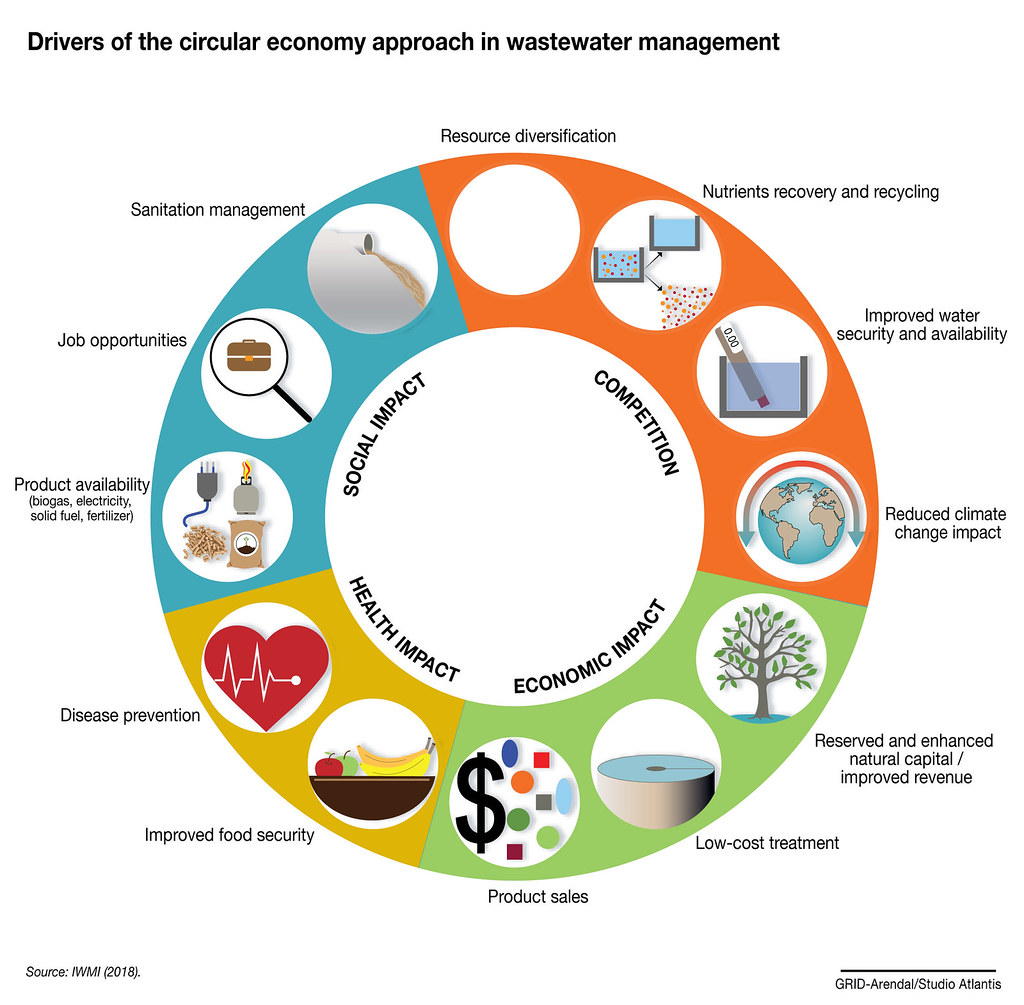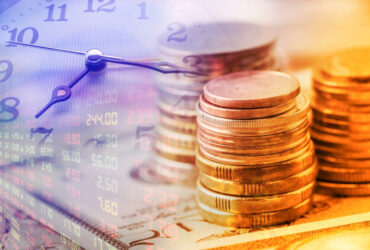The circular economy is an overall concept of production and consumption that seeks to decouple economic growth from the consumption of finite resources. This model contrasts with a traditional linear economy, which involves a take-make-waste approach to resource generation and consumption. Instead of discarding materials, the circular economy promotes the reuse, repair, remanufacturing, and recycling of products in order to enhance the lifespans of these resources and prevent the need for new inputs. Taking the principles of circularity into consideration can help promote sustainability, reduce environmental impacts, and ensure that resources are used in a way that is beneficial to both businesses and society at large.
The idea of a circular economy has been in the news lately, but many people are still unsure what it is. The term ‘circular economy refers to an economic system where resources are reused and repurposed, instead of simply discarded after use. It is a concept that has been around for centuries but has only recently gained traction. A circular economy is based on the principles of sustainability and efficiency and seeks to reduce waste and close resource loops.
Defining The means Of A Circular Economy
The means of a circular economy revolve around the idea of resource regeneration. This is done through processes such as reusing, refurbishing, repairing, recycling, and composting. These processes are all designed to keep resources in use for as long as possible and to reduce waste and pollution. Resource regeneration also creates economic value by creating new business opportunities, while reducing environmental impact.
The term circular economy has become increasingly popular in the recent past. It refers to an economic system that maximizes the use of resources while minimizing or eliminating the production of waste. This type of economic system seeks to limit waste and pollution, creating a cycle of continual use in which resources are reused and recycled. It is based on the idea of creating a closed-loop system. Wherein products, components, and materials are designed, manufactured, and reused in a way that preserves their value.
The concept of the circular economy is based on the idea of an “economic loop” – in which resources are used efficiently and sustainably. This loop is made up of three interrelated components: the “use” phase, the “reuse” phase, and the “recycle” phase. In the “use” phase, a product is created and used by a consumer. In the “reuse” phase, the product is returned to its manufacturer or another consumer for either repair or reuse.
BUSINESS
The circular economy is a business model that focuses on improving resource efficiency and reducing waste. It involves creating closed-loop product lifecycles, in which materials and resources are reused or recycled. This model of business sustainability reduces operational costs and minimizes negative environmental impact. In addition, it can create new economic opportunities, from creating more sustainable products to managing waste streams.
Businesses are rapidly turning to circular economy models for the sustainability of their operations. Circular economy models are designed to reduce waste, optimize resource use, and provide a cost-effective approach to business. Through the implementation of circular economy practices, businesses can ensure that resources are used more efficiently and are not wasted. Additionally, these practices ensure that materials are reused instead of being thrown away, thus reducing the amount of waste created.
If you want to Read more on this website visit here.










Leave a Reply